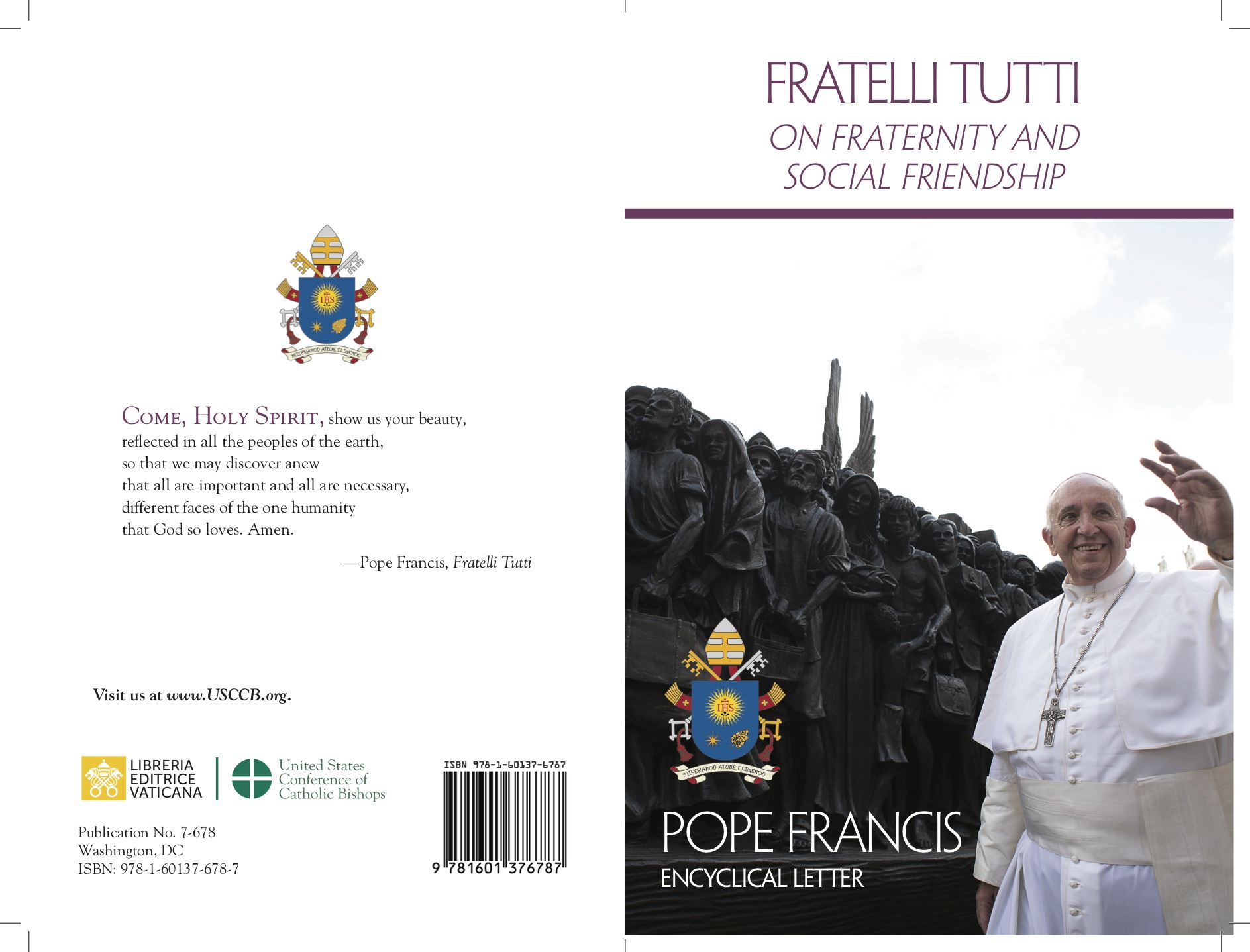
Mary and Jesus hold a special place in Quranic anthropology. According to the Quranic understanding, the realization of the human being occurs through the achievement of unity and unification, both within oneself and with a holistic view of everything. It involves not separating from or being arrogant toward the world, and, subsequently, become aware of the elevated status that makes the human Khalifa (steward) and guardian of oneself, others, and creation. In this context, the two central figures of Christianity find a unique, if not special, place in the sacred text of Muslims.
The first modern Christian reflection on the role of Mary, mother and virgin, in the Quran dates back to 1845 and was developed by Antonio Rosmini, a philosopher and theologian, who is today Blessed. However, this study remained isolated, and only from the mid-20th century did the Christian world begin to take notice, with subsequent publications, of the importance that the Quran assigns to Mary, as recalled by the Second Vatican Council itself.
In the Muslims’ sacred text, Mary is described as the mystical flower created and nurtured under the fingers of God. She is the devout one, the Virgin, the Pure, the Immaculate, the Teacher of the prophet of her time, the guardian of inner beauty, and a sublime example for both men and women of faith throughout all ages.
In the Quranic narrative, Mary gives birth to her son without a father, alone, leaning against a dead and dry palm tree. The trunk of the palm in the Quran represents the wood used for crucifixion. Mary, who was the only woman with an immaculate breast to receive (alqaha) and bear (arsalna) the Word of God in her mystical encounter with the Holy Spirit, must now endure the slander of the people and face the painful birth alone.
The image of a solitary, abandoned, and sorrowful woman leaning against a dry trunk, opening her arms, conveys a sense of crucifixion. In that moment, Mary’s cry echoes a similar sense of abandonment to Jesus' cry during the crucifixion in the Gospel. The Quran describes this event as a miracle and a resurrection occurring at the same time, with the dead and dry tree coming back to life through the faith and actions of Mary. “O Mary, And shake the trunk of this palm tree towards you, it will drop fresh, ripe dates upon you.” (Chapter of Mary, Verse 25).
Mary, in a miracle remembered by the Quran, announces and testifies to the world, through her faith, the power to overcome death and even resurrect nature in an extraordinary transformation. This turns death into life and transforms suffering into a concrete sweetness, symbolized by the sweet fruit of the Earth, the fresh date.
Jesus, the son of Mary, born of a virgin, blessed wherever he may be (mubarak), the Word of God (kalimat Allah), the love of God (Rahmatan minhu), and His own Spirit (ruh on minhu), is abandoned by his people and even his disciples, and faces a destiny similar to that of his Virgin mother.
In the pain and passion of Christ, Mary once again faces the greatest sorrow. The Quran does not record Jesus' cry of abandonment, but instead, it recounts the words of Jesus himself, and remembers that moment with the following verse: “Peace be upon me the day I was born, the day of my death, and the day of my resurrection”. The verse number is mysterious: 33, and the name of the chapter is “Mary”.
The bond between Mary and Jesus transcends simple understanding. In the Quran, Jesus is often referred to as “Jesus, son of Mary” or “Ibn Mariam,” meaning the son of Mary. While Jesus is the Christ, the Word, and the Blessed, Mary is the chosen one of the Lord, exalted above all women of creation: “O Mary, God has chosen you, purified you, and exalted you above all women of the worlds”. Mary and her son are living witnesses that even in the most extreme states of suffering or abandonment, none of it, through their example, appears useless or defeated. Light and life are the final, enduring words.
The great Persian poet Attar, in his book Mosibat Nameh (The Book of Suffering), which recalls the victory of good over evil and life over death through the example of Jesus Christ, writes: “The dawn, remembering You, smiled, bringing all beings to life with a breath similar to that of Jesus”.
by Shahrzad Houshmand Zadeh













 Purchase the Encyclical here Fratelli Tutti
Purchase the Encyclical here Fratelli Tutti
